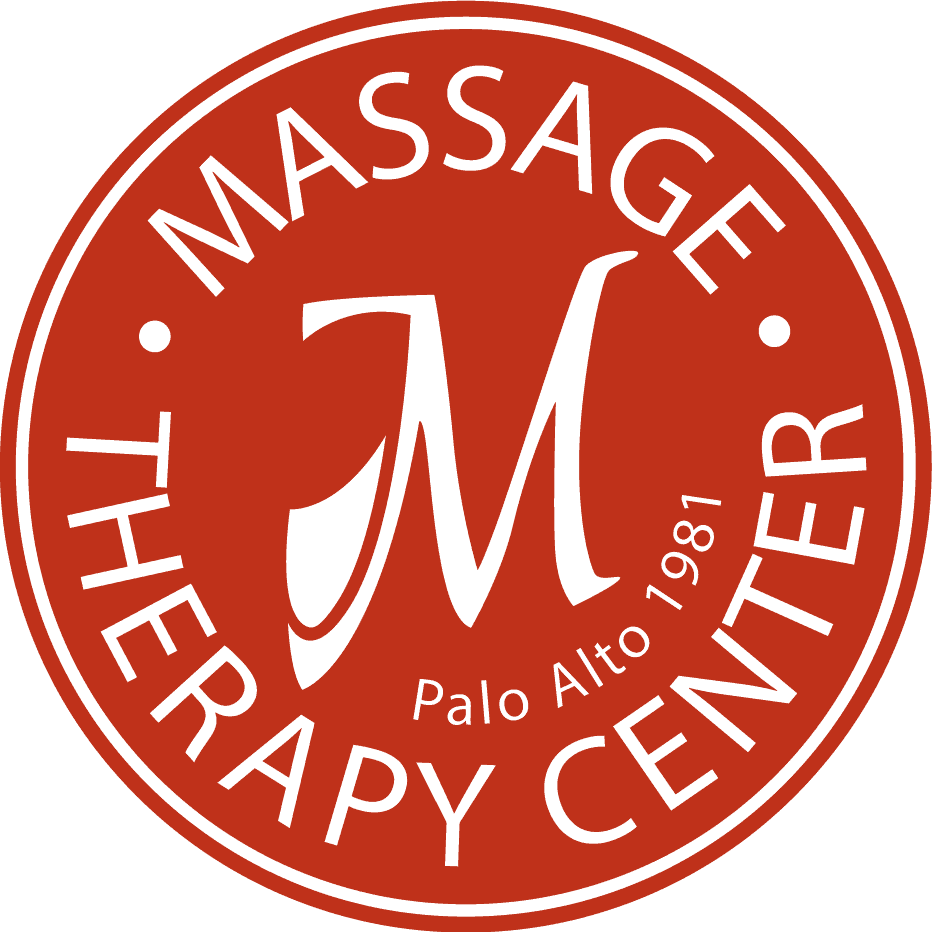3 in 1 Combo – Receive the Benefits of Deep Tissue Massage, Myofasical Release, and Trigger Point Therapy in One Session

Massage therapy has long been celebrated for its ability to ease stress, relieve pain, and promote physical and emotional well-being. Among the various techniques available, deep tissue massage, myofascial release, and trigger point therapy stand out for their focused approaches to addressing discomfort and enhancing mobility. While these methods may seem similar at first glance, each offers unique techniques and benefits that cater to specific needs.
Deep Tissue Massage: Targeting Deep Muscle Layers
Deep tissue massage is a therapeutic approach designed to address the deeper layers of muscles and connective tissues. Unlike a relaxing Swedish massage, deep tissue massage focuses on breaking down adhesions—rigid areas of tissue that can cause pain and limit movement. Therapists use slow, deliberate strokes and firm pressure to effectively release chronic tension, often in areas like the neck, shoulders, and lower back.
This type of massage is particularly beneficial for individuals experiencing:
- Chronic pain
- Limited mobility
- Recovery from injuries such as whiplash or sports strains
Though the pressure can be intense, the goal is to relieve tension without causing pain. Clear communication with your therapist ensures that the pressure aligns with your comfort level and therapeutic needs.
Myofascial Release: Restoring Flexibility in Connective Tissue
The term “myofascial” combines “muscle” (myo) and “fascia”—the connective tissue that surrounds and supports your muscles, bones, and organs. Over time, fascia can become tight or restricted, leading to pain and decreased mobility. Myofascial release focuses on gently stretching and loosening these restrictions to restore balance and flexibility.
During a session, therapists apply sustained, gentle pressure to release tension across broad areas rather than targeting specific muscles. Unlike deep tissue massage, myofascial release works holistically to improve overall movement and alignment.
This technique is ideal for those with:
- Chronic pain syndromes such as fibromyalgia
- Postural imbalances
- Restricted movement resulting from surgery or trauma
The gradual, intentional approach of myofascial release is less intense but profoundly effective in achieving long-term relief and improved mobility.
Trigger Point Therapy: Pinpointing and Releasing Pain
Trigger points are hyperirritable knots within a muscle that can cause pain in other parts of the body, a phenomenon known as referred pain. For instance, a trigger point in the upper back might result in headaches or neck discomfort.
Trigger point therapy involves identifying these specific knots and applying focused pressure to release them. Therapists often use their fingers, thumbs, or specialized tools, followed by stretching to relax the muscle. While the process can be uncomfortable momentarily, the release brings significant and lasting relief.
This therapy is particularly effective for:
- Tension headaches
- Sports injuries
- Persistent muscle tightness
For those seeking targeted relief in specific areas, trigger point therapy is a valuable and efficient option.
What if I want all three?
At Palo Alto Massage Therapy Center, you can book a comprehensive massage session (“deep tissue_myofascial_trigger point”) that integrates all three techniques, allowing you to experience their combined benefits. Whether you’re addressing chronic pain, postural issues, or localized tension, this holistic approach ensures optimal results for your body’s healing and wellness.
